To many, “grieving well” can sound like a paradox. Grief is caused by those things that, of course, have made us suffer, the very things that aren’t “well” at all. Some of the deepest griefs are not caused by mere bodily pain, but weights of the mind and spirit – bereaved family members, suffering marriages, financial woes, or any number of the complexities of human life.
Luckily, as Christians – and further, as Catholics – we have the most powerful heavenly companions who themselves have shared our sorrows: Christ, the “man of sorrows and acquainted with our grief” (Isaiah 53:3), and his Mother, Our Lady of Sorrows, whom we remembered during the month of September.
In his beautiful writings on the Dolours of Mary, St. Alphonsus Ligouri meditates on each of the Seven Sorrows of Mary: the prophecy of Simeon, the flight into Egypt, the loss of the child Jesus in the temple, the meeting of Jesus and Mary on the Way of the Cross, the Crucifixion, the taking down of the Body of Jesus from the cross, and the burial of Jesus. St. Alphonsus writes that Mary is Queen of the Martyrs because of the intensity and life-long duration of her suffering with Jesus.
Yet nevertheless, Mary’s life is an example of grief, of walking the Way of the Cross, enflamed by faith, hope, and charity.
So how can we grieve like the Mother Mary?
Realize and Forgive
Mary constantly pondered in her heart both the joys and sorrows of her life (Luke 2:19), her grief always growing as the agony of her Son approached. Take time to realize and reflect upon the cause and source of sorrow. Most often, grief requires forgiveness that we are called to extend seventy times seven times (Matt. 18:22), both to others and to ourselves. Constant and honest forgiveness is the slow healer of grief.
Realize, like Mary, that grief is not the end. Even as Mary continually remembered her Son’s looming death, she also knew he would rise triumphant. This did not erase her sorrow, but provided it with a basis of hope that joy and life have the final say.
Confide in Community
Though grief often isolates us in our trials, one way to find healing is through confiding your sorrows and engaging in community. Though it often takes courage, reaching out to friends, family, and church and faith communities allows us to share our sufferings and “bear one another’s burdens” (Gal 6:2). Allow others to be companions in your grief, just as our Mother was to her Son and still is to us. The Way of the Cross is not walked in isolation, but in the compassionate companionship of the Body of Christ.
Hope with Vision
Mary’s grief is an example of sorrow moved by and inspired by faith, hope, and charity. Perhaps hope is the most important here, for hope is a “long-term” virtue. Hope buoys man to await the eternal beatitude of heaven, and encourages us to persevere in tribulations (CCC 1818, 1820). Studying and meditating on the virtue of hope, especially in light of suffering, helps us know, as our Mother knew, that present sorrow will give way to eternal joy if the virtue of hope is properly and fully lived out.
Compassion and Charity
In a vision of Mary to St. Bridget, St. Alphonsus quotes: “I look around at all who are on earth, to see if by chance there are any who pity me, and meditate upon my sorrows; and I find that there are very few. Therefore, my daughter, though I am forgotten by many, at least do thou not forget me; consider my anguish, and imitate, as far as thou canst, my grief.”
Even in our own suffering, bear in mind Mary’s own Seven Sorrows with gratitude and compassion. Transform self-pity, or even righteous grief, into pity for our Mother, and for those throughout the world that are suffering. Extend compassion, a listening ear, and service to those who, maybe, are grieving for the same reason. Allow grief, touched by hope, to grow to compassion and active charity to comfort the sorrowful, a spiritual work of mercy. Compassion, at its root, means “to suffer with,” and once others have suffered with us, we in turn, may suffer with them.
The realm and reach of true health care must stretch beyond simply the treatment of physical ailments to the emotional and spiritual pains that so often inflict the deepest wounds. But even this pain is not beyond the healing touch and glance of our Heavenly Father and our Mother, who are our constant companions on our Way of the Cross. And so, we cry to our Mother, the “Medicine of the Sick” and the “Companion of the Sorrowful,” pray for us.
Pray the beautiful Litany of Our Lady of Sorrows.
